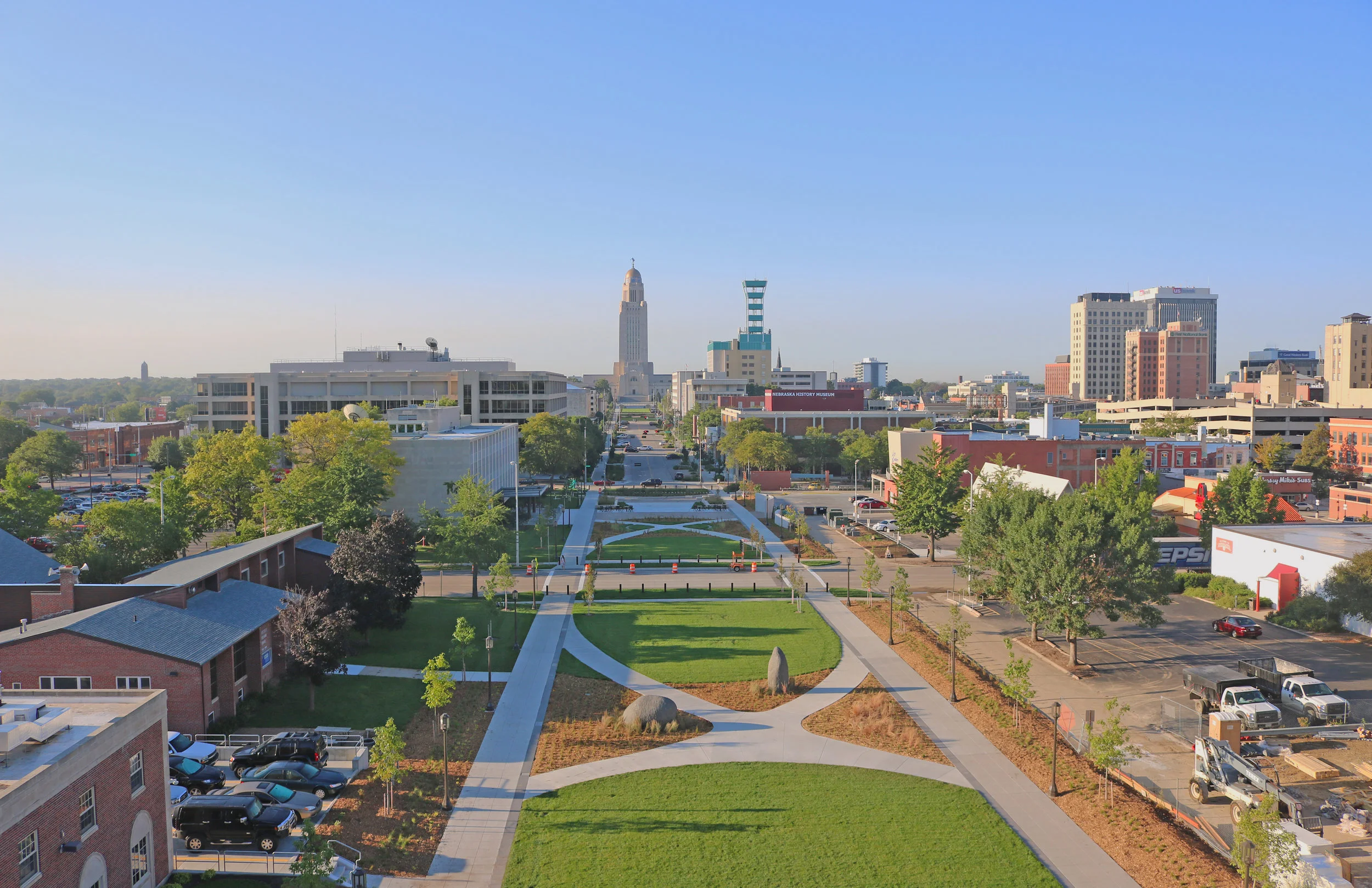Metropolitan Community College, Fort Omaha Camps Expansion was a 17-acre campus expansion that included three new centers for innovation and learning. The landscape architectural intent was to create outdoor spaces to accommodate student life and offer learning opportunities while providing a campus identity that rivals that of traditional 4-year universities. The expansion engages faculty, students and guests with new outdoor community spaces that can be programmed for a large variety of events. From learning to weddings the new campus is continually booked and has become a community-changing project.
The original project scope included only infrastructure - with no landscape architectural component. As a team, Lamp Rynearson landscape architects were able to promote the benefits that placemaking could provide. Due to their efforts, Landscape Architecture was added as part of the project scope.
“The landscape architects at Lamp Rynearson presented a creative opportunity to us. They recommended a way to enhance the property surrounding our three new educational buildings by extending the learning space to the outdoors. The finished product has been popular to say the least – a place for socialization and education used by staff, students and visitors.” - Randy Schmailzl, President, Metro Community College















